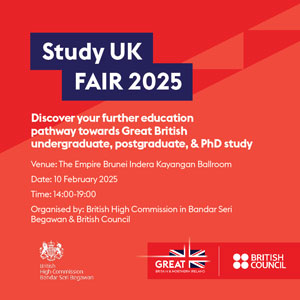CAPE TOWN (AP) – Mice accidentally introduced to a remote island near Antarctica 200 years ago are breeding out of control because of climate change and they are eating seabirds and causing major harm in a special nature reserve with “unique biodiversity”.
Now conservationists are planning a mass extermination using helicopters and hundreds of tonnes of rodent poison, which needs to be dropped over every part of Marion Island’s 297 square kilometres to ensure success.
If even one pregnant mouse survives, their prolific breeding ability means it may have all been for nothing.
The Mouse-Free Marion project – pest control on a grand scale – is seen as critical for the ecology of the uninhabited South African territory and the wider Southern Ocean. It would be the largest eradication of its kind if it succeeds.
The island is home to globally significant populations of nearly 30 bird species and a rare undisturbed habitat for wandering albatrosses – with their 10-foot wingspan – and many others.
Undisturbed, at least, until stowaway house mice arrived on seal hunter ships in the early 1800s, introducing the island’s first mammal predators.
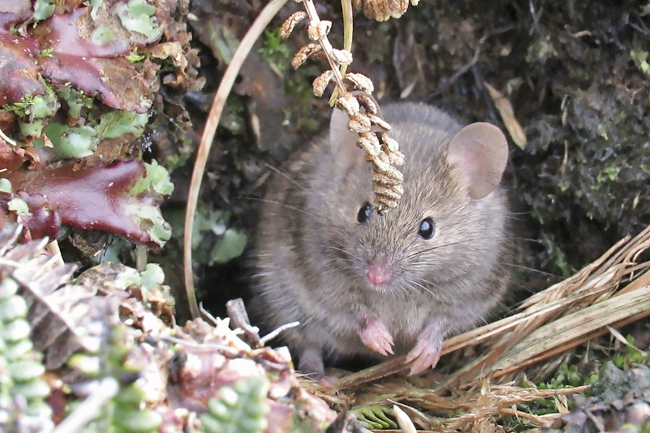
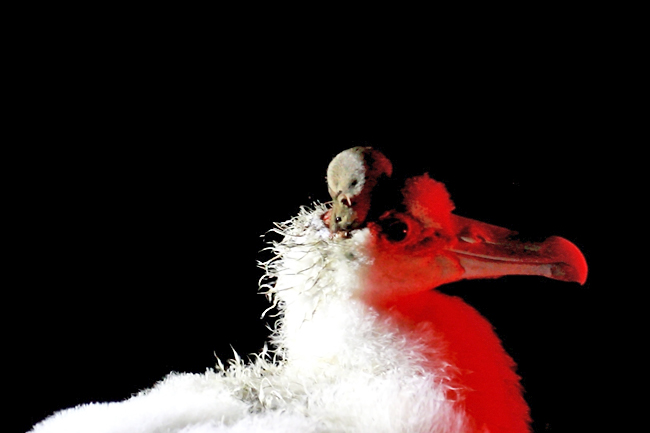
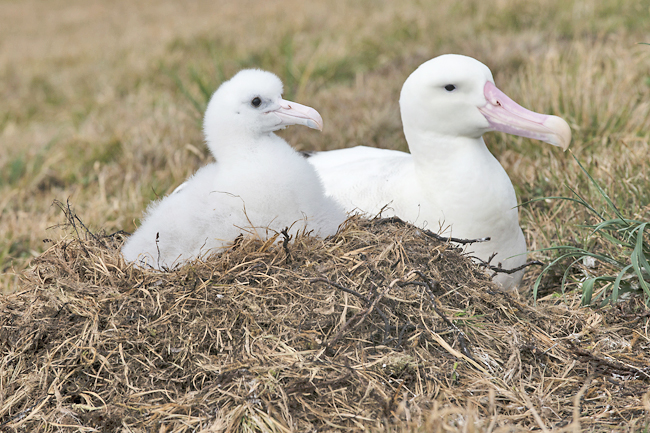
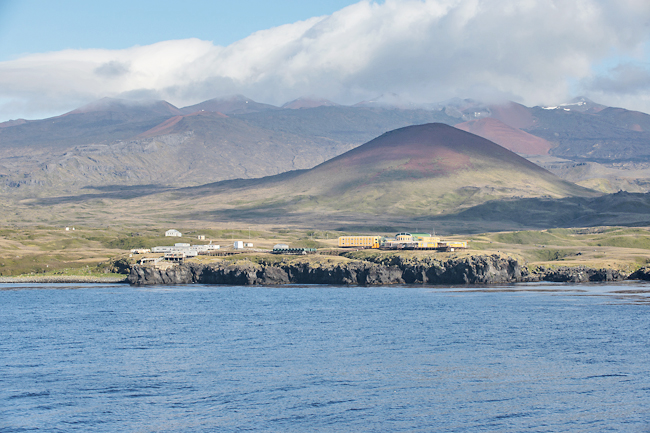
The past few decades have been the most significant for the damage the mice have caused, said the Mouse-Free Marion project manager Dr Anton Wolfaardt. He said their numbers have increased hugely, mainly due to rising temperatures from climate change, which has turned a cold, windswept island into a warmer, drier and more hospitable home.
“They are probably one of the most successful animals in the world. They’ve got to all sorts of places,” Wolfaardt said. But now on Marion Island, “their breeding season has been extended, and this has resulted in a massive increase in the densities of mice”.
Mice don’t need encouragement. They can reproduce from about 60 days old and females can have four or five litters a year, each with seven or eight babies.
Rough estimates indicate there are more than a million mice on Marion Island. They are feeding on invertebrates and, more and more, on seabirds – both chicks in their nests and adults.
A single mouse will feed on a bird several times its size. Conservationists snapped a photo of one perched on the bloodied head of a wandering albatross chick.
The phenomenon of mice eating seabirds has been recorded on only a handful of the world’s islands.
The scale and frequency of mice preying on seabirds on Marion has risen alarmingly, Wolfaardt said, after the first reports of it in 2003. He said the birds have not developed the defence mechanisms to protect themselves against these unfamiliar predators and often sit there while mice nibble away at them. Sometimes multiple mice swarm over a bird.
Conservationists estimate that if nothing is done, 19 seabird species will disappear from the island in 50 to 100 years, he said.
“This incredibly important island as a haven for seabirds has a very tenuous future because of the impacts of mice,” Wolfaardt said.
The eradication project is a single shot at success, with not even a whisker of room for error. Burgeoning mice and rat populations have been problematic for other islands. South Georgia, in the southern Atlantic, was declared rodent-free in 2018 after an eradication, but that was a multi-year project; the one on Marion could be the biggest single intervention.
Wolfaardt said four to six helicopters will likely be used to drop up to 550 tonnes of rodenticide bait across the island. Pilots will be given exact flight lines and Wolfaardt’s team will be able to track the drop using global positioning system (GPS) mapping.
The bait has been designed to not affect the soil or the island’s water sources. It shouldn’t harm the seabirds, who feed out at sea and won’t have negative impacts for the environment, Wolfaardt said. Some animals will be affected at an individual level, but those species will recover.
“There’s no perfect solution in these kinds of things,” he said. “There is nothing that just zaps mice and nothing else.”
The eradication project is a partnership between BirdLife South Africa and the national department of forestry, fisheries and the environment, which designated Marion Island as a special nature reserve with the highest level of environmental protection. – Gerald Imray



